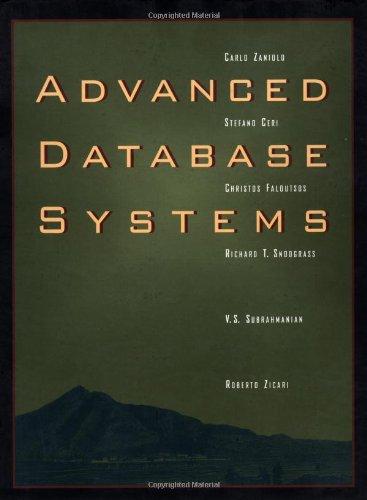Question
For this homework assignment, you will write a simplified model of a bouncing ball using numpy. Assume the ball is dropped on Venus under constant
For this homework assignment, you will write a simplified model of a bouncing ball using numpy. Assume the ball is dropped on Venus under constant acceleration g=8.87m/s^2from the limit of its atmosphere, a height of 250km . Model the ball's motion for one hour and 15 minutes (include second 0 and second 4,500 in your data points). After the initial state, simulate 5,000 updates to the state (for a total of 5,001 points.) Your simulation should use float64 numpy arrays for time (t) and height (y). Time should be represented in seconds and height should be represented in meters.
Bouncing
To simulate bouncing, we'll make some simplifying assumptions (since collision detection can be complicated). If the ball's height is ever less than or equal to 0, we will assume that the ball hit the ground before the time step we are simulating and already started bouncing. You should:
instantly set its height to 0
update its velocity to 90% (0.9) of its velocity from the previous time slice of the simulation
change the direction of travel (up instead of down)in this case, please use the now-current velocity, i.e., vc[ i ] = -0.9 * vc[ i ]
Count the number of times the ball bounces in an integer variable named bounces.
Plotting y v. t may be useful for you to understand what results your code is producing.
DO NOT try to write your code here. Debugging it here will be very difficult. You should write and test your code on your own computer.
Write a program to calculate the problem as specified above.
Your submission should include arrays t and y of the proper dimensions and values, and an int named bounces.
Step by Step Solution
There are 3 Steps involved in it
Step: 1

Get Instant Access to Expert-Tailored Solutions
See step-by-step solutions with expert insights and AI powered tools for academic success
Step: 2

Step: 3

Ace Your Homework with AI
Get the answers you need in no time with our AI-driven, step-by-step assistance
Get Started


